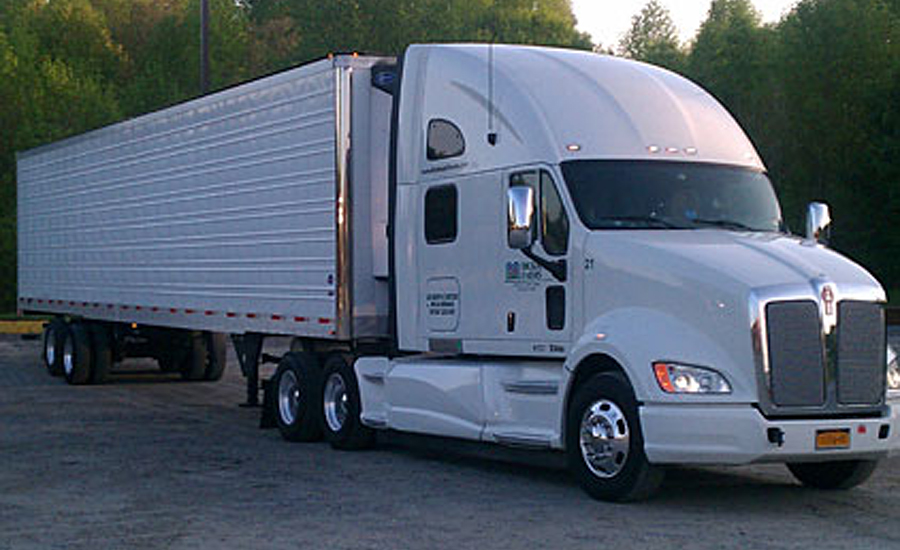The global truck platooning market size was valued at $500.9 million in 2017, and is projected to reach $4590.3 million by 2025, registering a CAGR of 32.4% from 2018 to 2025, according to research published by Allied Market Research, Portland, Ore. In 2017, North America accounted for the highest share, and is anticipated to maintain its lead throughout the global truck platooning market forecast.
Truck platooning is the linking of two or more trucks in convoy using automated driving assistance systems and connectivity solutions between vehicles. The concept of truck platooning holds a great potential to make the road transport efficient, cleaner and safer in the coming future.
Factors such as a rise in government rules for emission from the transport sector and reduction in fuel consumption continue to drive growth in the truck platooning market. Furthermore, production of fully autonomous trucks for platooning and extension in size of truck platooning fleet are expected to provide a growth opportunity for the players operating in the truck platooning industry. Plus, the increased need of automation in the transport industry to avoid hazardous situations and increase the transportation efficiency will continue to foster growth.
However, high cost of platooning technology and a rise in security and privacy concerns are anticipated to hinder growth.
Rise in government rules for emission reduction
The transport sector contributes a major part to the global pollution out of which, most of the greenhouse gas emission is from the trucks used for transportation. These emissions of harmful gases can be reduced by adoption of truck platooning technology. Platooning vehicles operate very closely, which in turn reduces the air drag by around 40% for the following truck and results in around 10% reduction in CO2 per kilometer driven.
Reduction in fuel consumption
Many companies are working on truck platooning technology to increase the level of fuel consumption. The platooning trucks follow the leading trucks with very short distance in between which reduces the air resistance for the following trucks and results in less fuel consumption.
Supportive government rules
Government of various regions are setting rules to support the testing and adoption of truck platooning technology on roadways owing to its advantages such as fuel consumption, reduced emission of harmful gases, less traffic congestion and more. For instance, a new law in Michigan allows the adoption of driver-assistive truck platooning technology, owing to reduced aerodynamics drag, improved highway safety and more. Meanwhile, Ministry of Transportation in Canada incorporated expansion of its pilot project to evaluate and test the automated vehicle and truck platooning technology on Ontario roadways. Such supportive government regulation for testing truck platooning technology is anticipated to provide a remarkable growth opportunity to truck platooning market.
High cost of platooning technology
Truck platooning technology requires various components such as Lidar, radar and other sensors to gather data. For instance, adaptive cruise control, which uses radar to sense the distance from the vehicle in front and adjusts the vehicles speed accordingly to maintain a safe distance in between. Adaptive cruise control, forward collision warning and other technologies use costly sensors.


